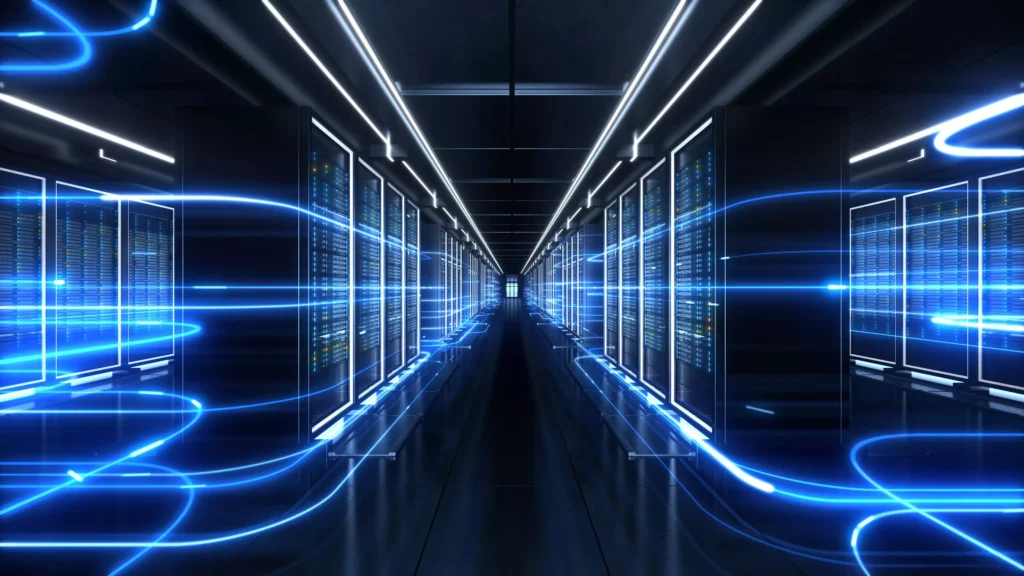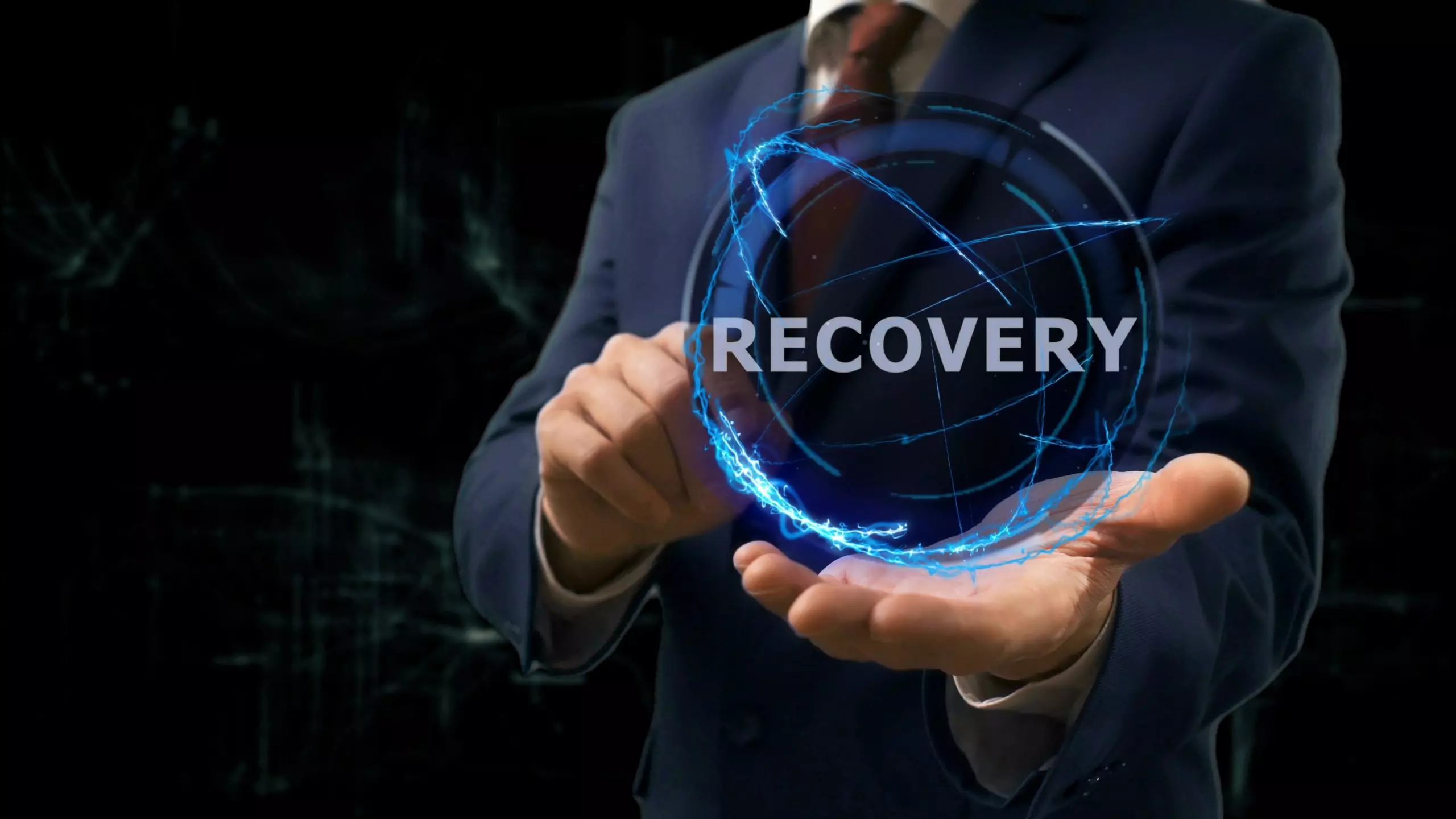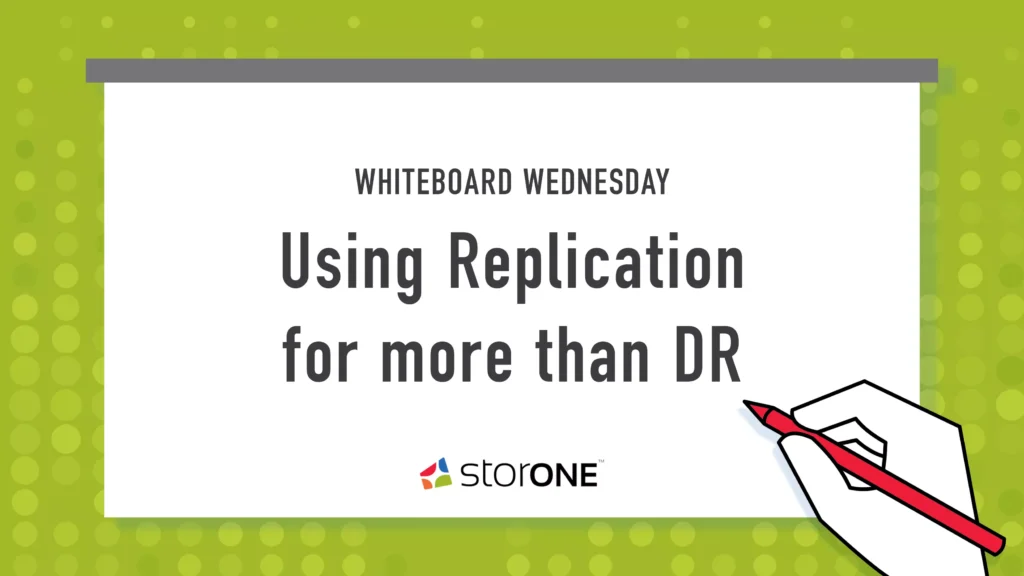The total cost of storage replication keeps customers from realizing the full benefits of this vital feature. As a result, most storage professionals use replication as part of a disaster recovery strategy and only for the most mission-critical applications. Driving down replication costs opens up a world of problem-solving capabilities that IT can leverage every day.
In our Whiteboard Wednesday session, “Using Replication for More Than DR,” we discuss the benefits of driving down the cost of storage replication. You’ll learn how affordable DR can allow more mainstream applications to participate in the real-time DR process. Most importantly, you’ll learn how affordable replication can also enable IT to solve other, more day-to-day problems.
Understanding the Total Cost of Storage Replication
Today, most storage systems include some form of storage replication with the base system or software licenses. As a result, what makes storage replication so expensive is not the software cost. Instead, it is the hardware costs that make storage replication so expensive.
The Cost of Inflexibility
Most storage vendors require that you use identical storage hardware in both locations to support replication. For example, if your primary storage system is an All-Flash Array (AFA), you must replicate to an AFA at the DR site. While AFAs are becoming more affordable, being forced to buy two is always expensive, especially considering that the DR site system won’t be used for production data unless there is a disaster. The inflexibility to support alternative storage targets takes replication off the table for organizations looking to build an effective DR strategy. To learn more about creating a disaster recovery plan, read “A Real-World Disaster Recovery Plan“.
There are, however, options to get around the cost of identical hardware. For example, you can use a third-party replication solution. These solutions will often enable you to replicate from anything to anything. The problem with these solutions is the separate software itself is costly. It is also not integrated into the storage system and becomes yet another process for IT to learn and manage. As a result, most customers don’t choose this path.

Another option is to leverage backup software, which is continuously improving its recovery speeds and certainly should win most DR price battles. But even with the improved recovery times, the recovery process is still prolonged and complicated. In most cases, organizations store their backup data on inexpensive hard disk storage, which isn’t production quality, to keep costs down. That means that IT has to recover data from backup storage to production storage. The process is time-consuming and may require waiting for additional production storage to arrive. Consequently, despite its massive shortcomings, backup is the most common disaster recovery strategy by far, which means that many DR strategies can’t achieve their primary goal of a rapid and seamless recovery.
Driving Down the Total Cost of Replication
Storage systems or software need to support multiple types of disaster recovery targets with their built-in replication software. An All-Flash Array in the production data center should replicate to a Hybrid or even an all-HDD array located at the DR site. For most DR situations, a small flash tier, coupled with a large hard disk tier, is ideal. It allows for a low-cost DR hardware solution that can still provide production class performance and enterprise features if a disaster presses the system into service.
Another way to drive down the replication cost is for the storage system to consolidate multiple production workloads onto a single storage platform. The platform approach to replication means that IT can protect all workloads, Block, File, and Object, from a single source, with a single operation. The cost and complexity of having multiple storage silos increase exponentially when IT planners factor in DR’s cost.
Replication with the Enterprise Storage Platform
StorONE includes both synchronous and asynchronous replication as part of the core license. With synchronous replication, since acknowledgment of writes has to occur on both the primary and target systems simultaneously, it can use servers and media from different manufacturers. Asynchronous replication has even greater flexibility. The replication target system can be dramatically different from the primary. An All-Flash Array, for example, can replicate to an HDD system.

Granular replication is another way to lower replication costs. Volumes supporting mission-critical applications can synchronously replicate to a system with similar IO capabilities, while less critical workloads can replicate remotely to a hard disk only system. Still, other workloads that are semi-critical can replicate to a hybrid volume (flash and HDD). The point is that the choice is yours. As an IT professional, you can perfectly balance the cost and recoverability of your environment’s workloads.
Do More with Storage Replication
The downside of traditional, expensive replication features is the cost of the capability limits how broadly organizations can leverage it. The high price means they can only use replication for DR and only for the most critical workloads because of the expense. Isolating replication to the DR process means the organization only sees value in the investment if disaster strikes, which doesn’t happen every day unless you are very unlucky.
The ability to drive down replication costs enables IT to leverage the feature to solve various other IT challenges. In addition to solving their DR challenges, our customers leverage our replication capabilities to augment and eventually replace backup, move workloads between S1 clusters for load balancing, and even migrate workloads to the cloud.
To learn more, register for our Whiteboard Wednesday. In this interactive virtual whiteboard session, we cover replication basics and using replication to create a cost-effective yet bulletproof disaster recovery strategy. Then we go through how to use replication to solve other storage challenges like the ones discussed above.






